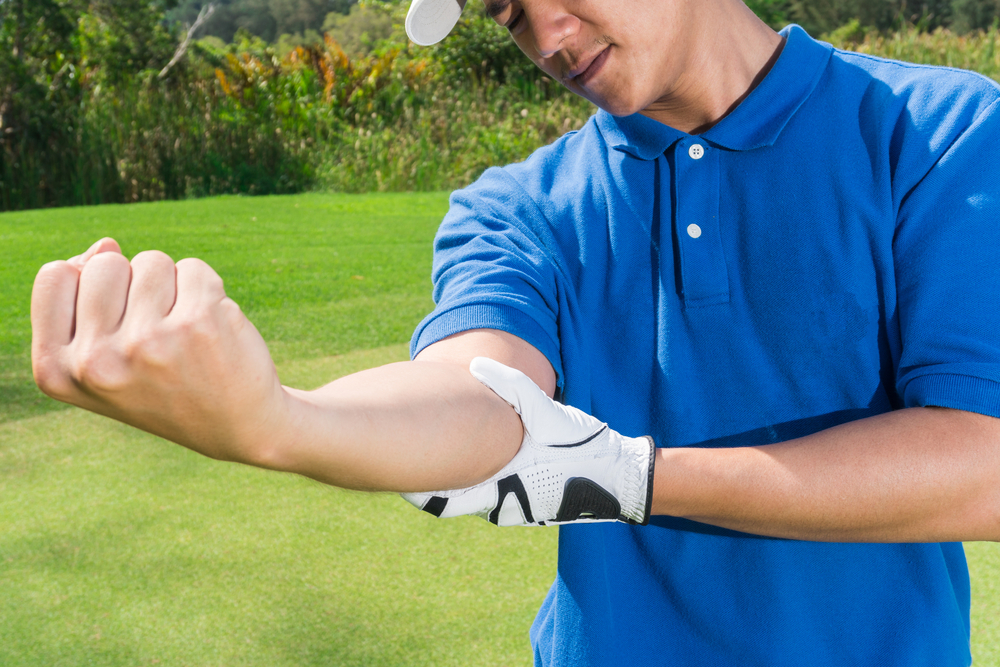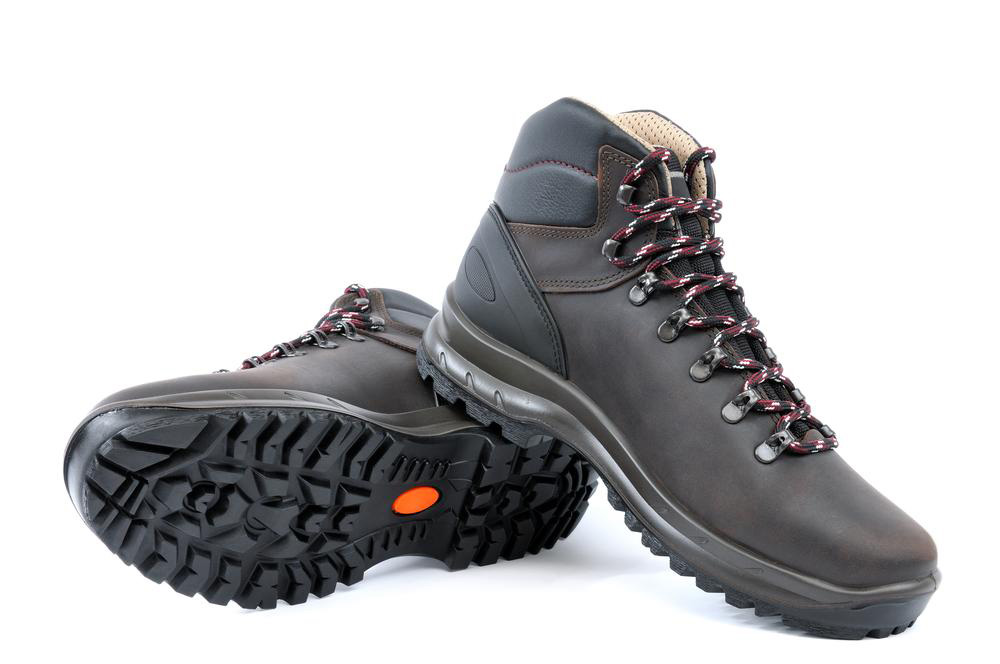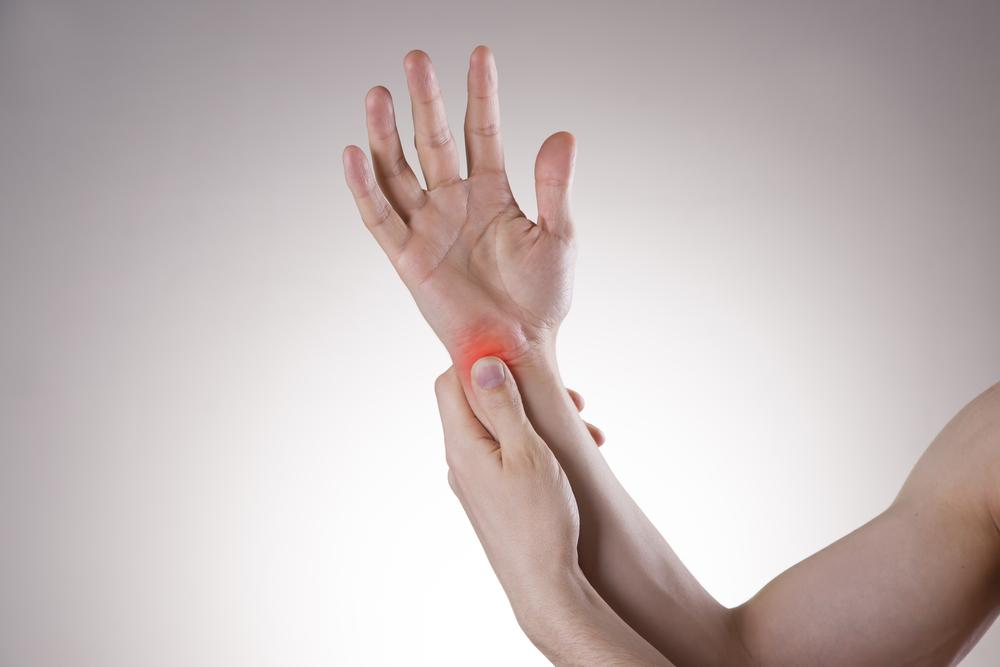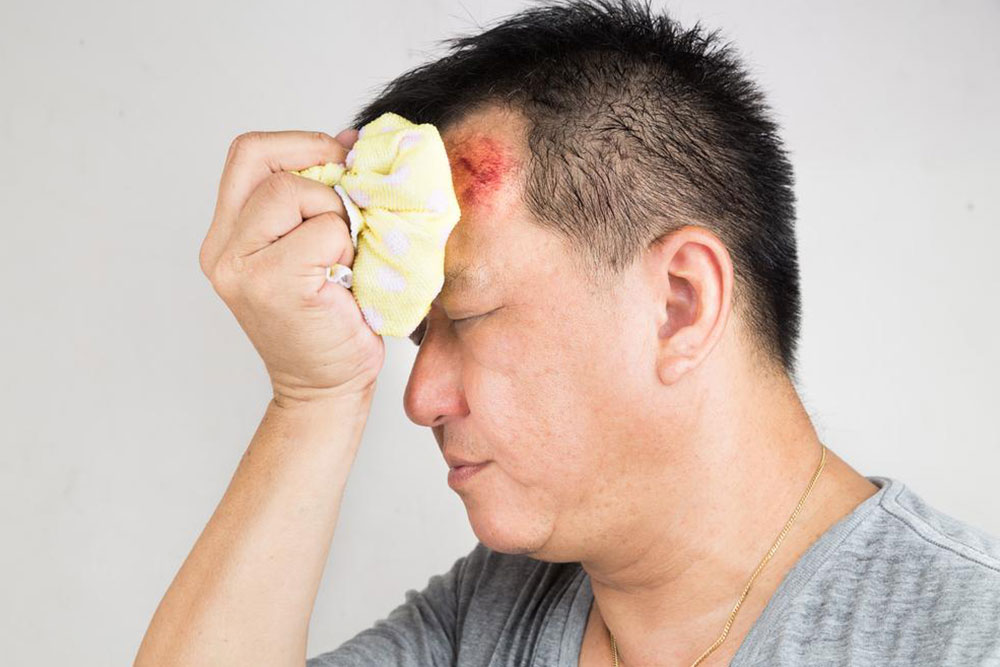Tennis Elbow Explained: Causes, Risks, and Prevention Tips
Learn about tennis elbow, its primary causes, risk factors, and preventive strategies. The article highlights how repetitive motions, sports, work activities, age, and equipment influence the development of this condition. Proper technique and suitable gear are essential for reducing injury risk, and professional consultation is recommended for treatment and management.

Tennis elbow, medically called lateral epicondylitis, often results from repetitive stress on the forearm tendons. Although commonly associated with racket sports like tennis and badminton, various activities can trigger this condition. The main culprit is overusing the forearm muscles during physical activities or work, causing tiny tears in the tendons that connect the forearm to the elbow. These tears lead to inflammation, pain, and discomfort on the outer part of the elbow. Proper technique, appropriate equipment, and awareness of risk factors are essential for prevention.
Racket sports participation: Repeated swinging and wrist support during tennis or badminton strain forearm muscles, especially the ECRB muscle, increasing injury risk.
Work-related repetitive motions: Jobs involving constant forearm use—such as carpenters, painters, plumbers, or cooks—have a higher likelihood of developing tennis elbow due to sustained stress.
Improper techniques: Poor form in sports or lifting can put unnecessary pressure on the elbow. Seeking professional coaching can help reduce this risk.
Age considerations: People aged 30 to 50 are more susceptible, as aging reduces tissue resilience.
Equipment quality: Using inappropriate or worn-out tools and racquets can worsen strain on tendons. Choosing proper equipment suited to your size and skill level is crucial.
Note: This article offers general insights into symptoms, causes, and preventive measures but is not a substitute for professional medical advice. Always consult healthcare providers for proper diagnosis and treatment options tailored to your needs.


